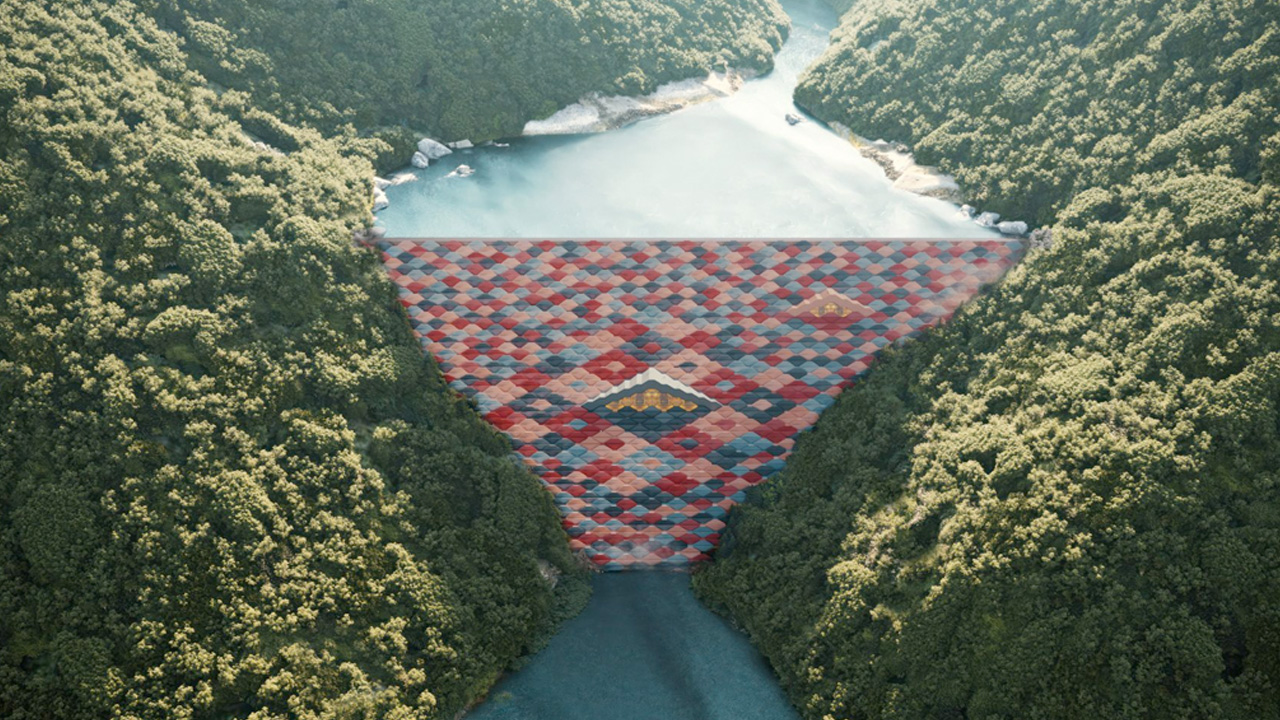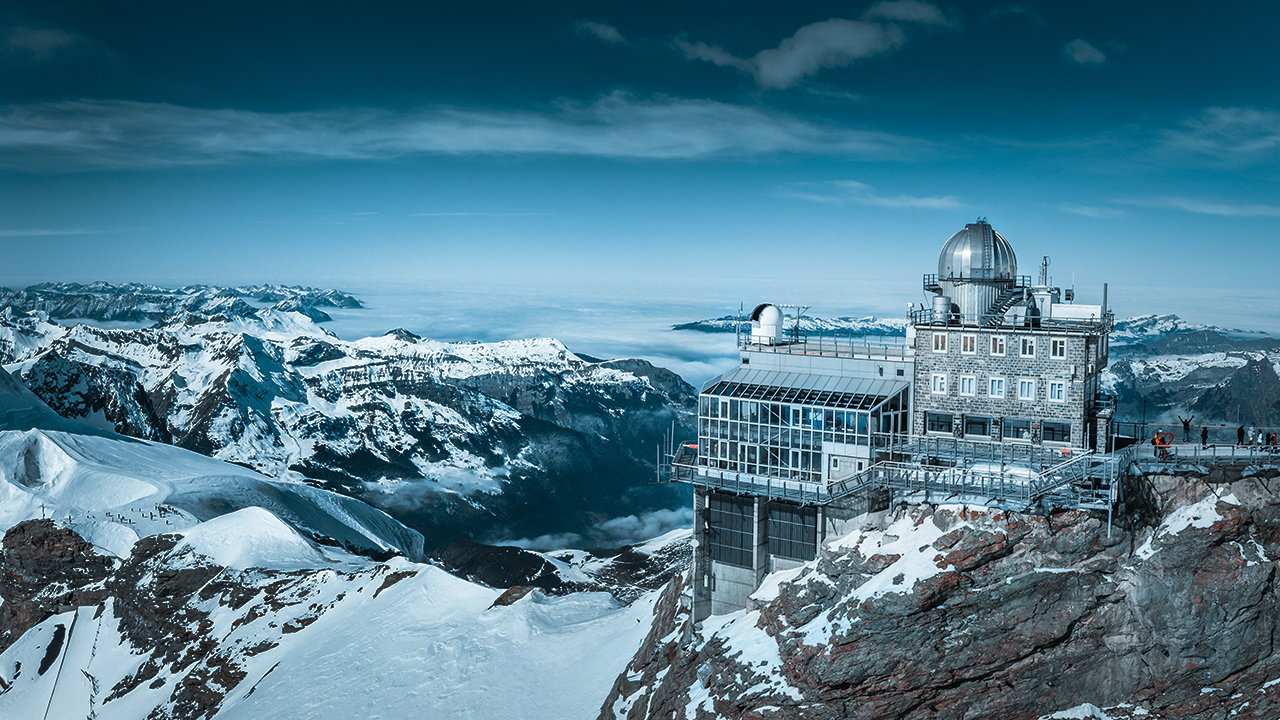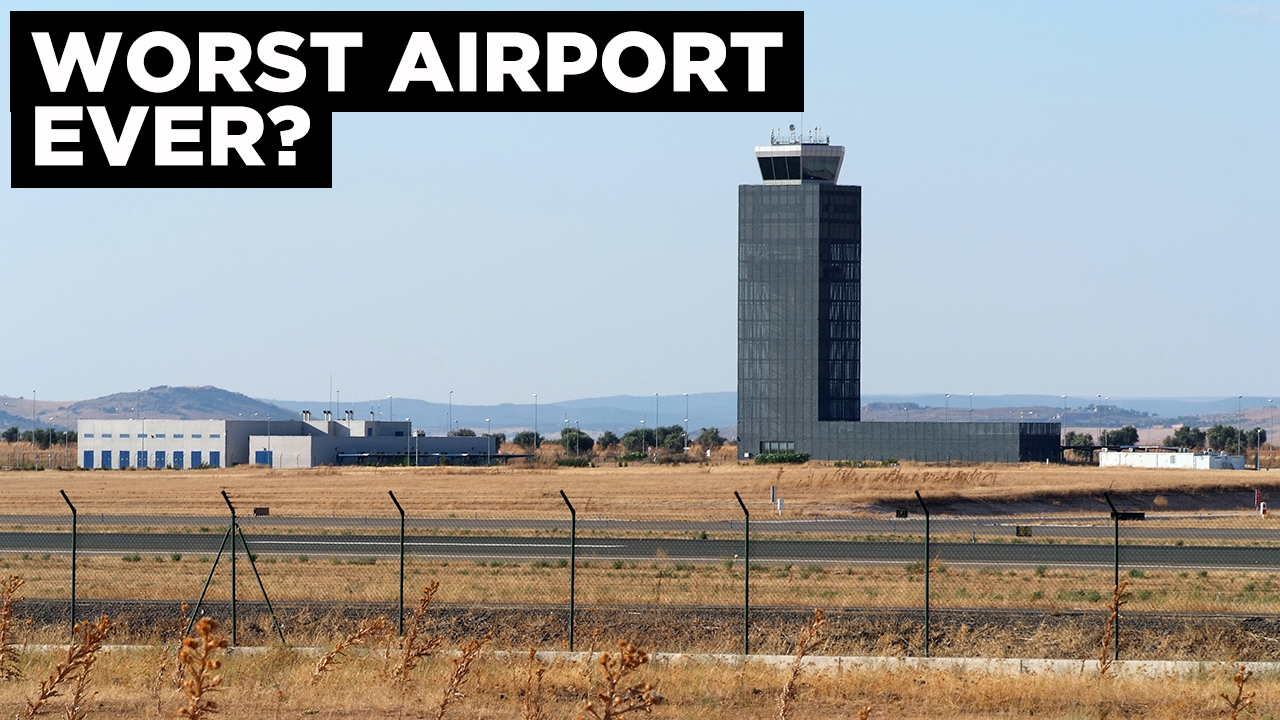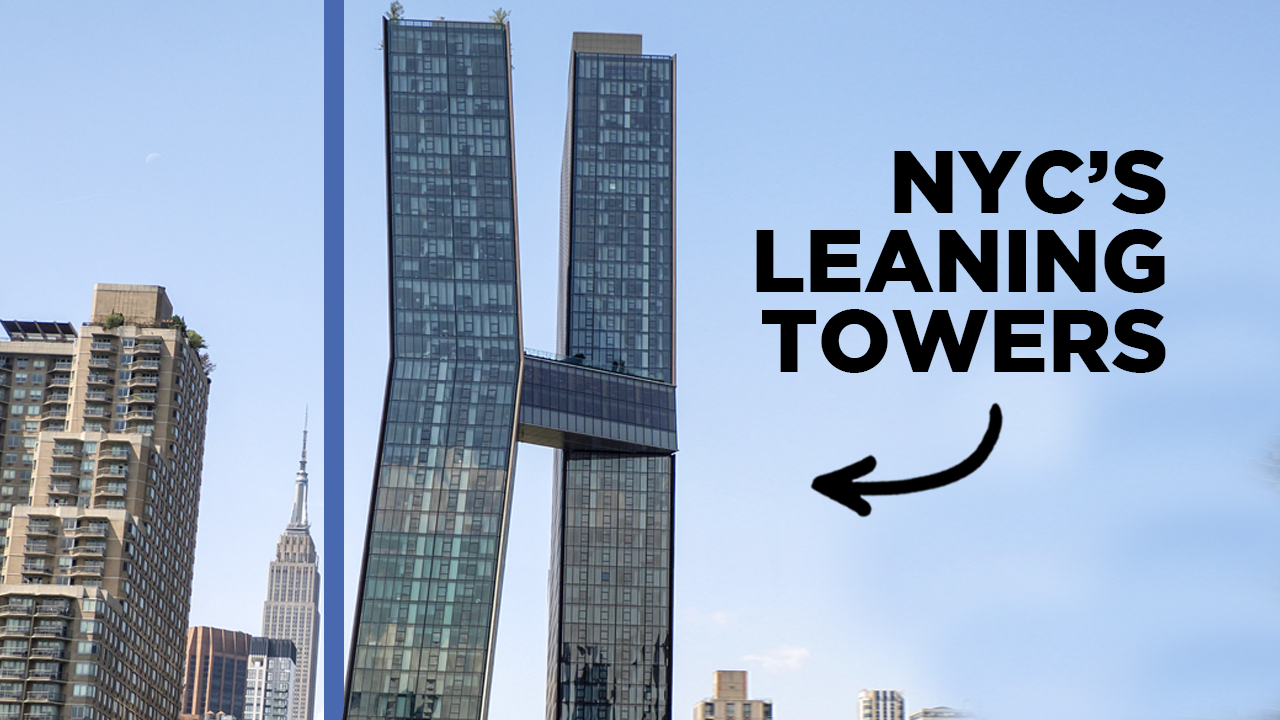Construction's Digital Manufacturing Revolution
- Youtube Views 150,264 VIDEO VIEWS
THE B1M has tonight premiered “Construction’s Digital Manufacturing Revolution” – a compelling new documentary that explores the rise of digital manufacturing
in the construction sector.
Developed in association with Solibri, the film journeys inside Laing O’Rourke’s impressive Explore Industrial Park - the most automated concrete products facility in Europe - to discover how digital technology is supporting offsite manufacturing processes at a critical time for the industry.
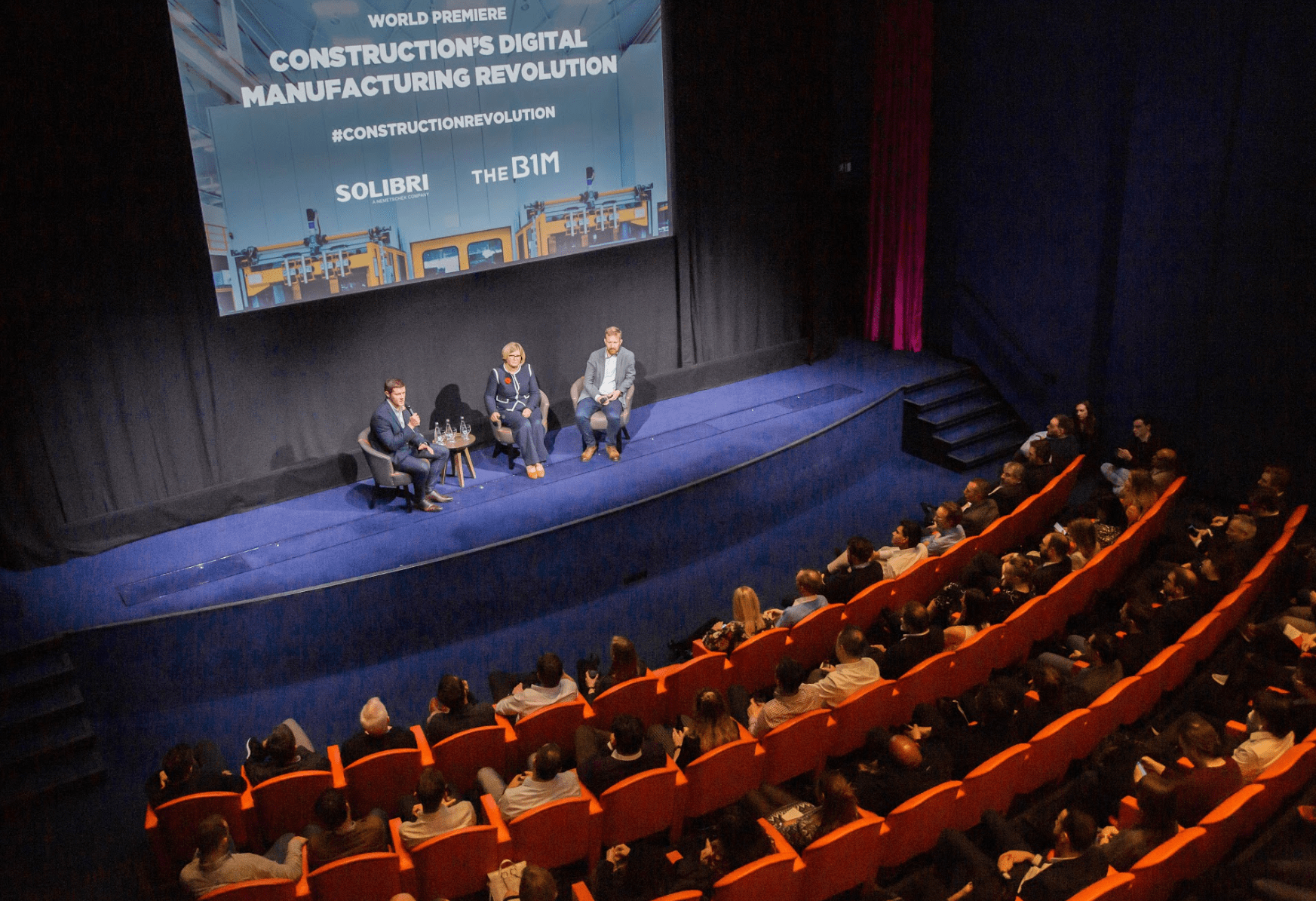
Above: The documentary was screened to a live audience at London's Ham Yard Hotel on 6 November 2019, and live-streamed to thousands of B1M YouTube subscribers worldwide.
The world we build impacts almost every human being on this planet.
From the environments that we call home, to the way we travel, generate our energy, drive our economies and shape our children, it is the construction sector that underpins the direction of our societies.
But despite its fundamental impact on our way of life, our approach to construction has changed little over the ages.
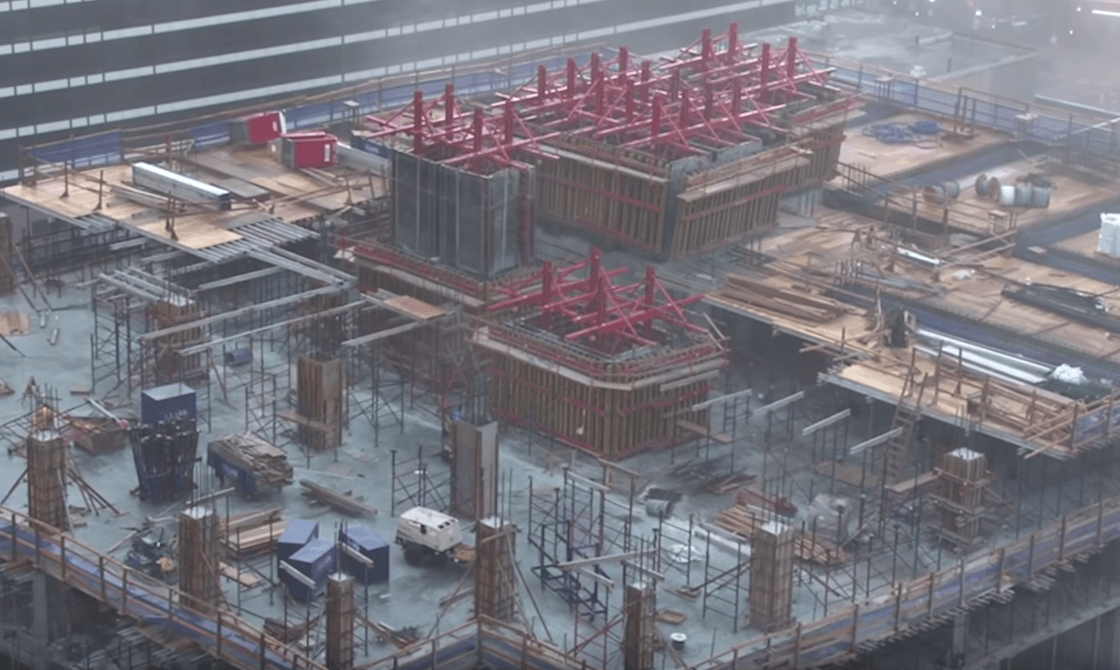
Above: We still use many of the same techniques and materials to build prototype structures in volatile outdoor environments.
Now, as our planet experiences unprecedented change, the sector is embracing rapid advances in digital technologies and making a bold shift towards the
world of manufacturing, merging the two to usher in a new dawn.
UNIQUE PRODUCTS, IN UNIQUE LOCATIONS
For centuries, the way we construct our world has remained largely unchanged. Still using many of the same materials and processes, each project that the construction sector undertakes requires the delivery of a unique product, in a unique outdoor location.
Moving works away from the challenges of each site and into controlled conditions offers many benefits. Economies of scale can be achieved through automated production lines; productivity can be significantly improved and quality can be ensured. Such an approach also reduces the amount of time that a project is on site for – helping to lower costs, negate site specific challenges and minimise disruption.
TAKING WORKS OFFSITE
The extent to which construction works are taken away from their final sites varies hugely. While volumetric solutions create entire enclosed spaces remotely and then deliver those to site for installation, non-volumetric systems are large elements of a building or structure that are prefabricated before being brought to site.
On a more granular level, component-based approaches and platform systems create a “kit of parts” and draw from a series of predetermined items that are consistent across a number of projects.
Each of these offsite construction approaches offer different benefits and each has its advantages depending on the type of project being built.
However, non-volumetric and component-based approaches can retain the benefits of offsite production.
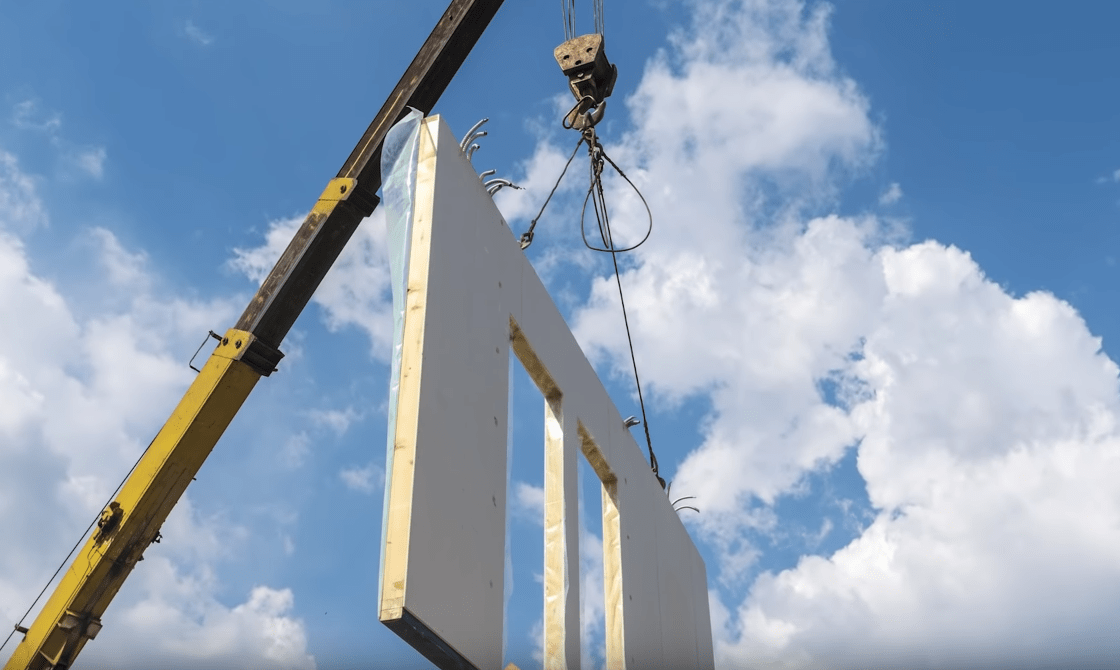
Above: These methods also offer the adaptability needed across the many different types of site that the construction industry contends with.
But despite the seemingly compelling benefits, over several decades the concept of “offsite construction” has struggled to find traction.
Now, with many countries facing rising populations, housing crises and a lack of skilled people coming into their construction workforces – and with technology coming to the fore – there is renewed excitement in the concept.
OFFSITE MANUFACTURING
It is technology in particular that is helping to make the step change and overcome the long-established barriers. The rise of automation is hugely increasing productivity on production lines, while digital design information is helping to streamline processes and increase accuracy.
It is in this way that the concept of “offsite construction” is rapidly evolving into “offsite manufacturing” – a shift that sees the construction process move much closer to the approaches of the manufacturing sector and the techniques it has honed.
That shift can be clearly witnessed at the UK’s Explore Industrial Park. Conceived and owned by Laing O’Rourke – a global general contractor with some 13,000 staff and an £8bn pipeline – the vast factory is the most automated concrete products facility in Europe.
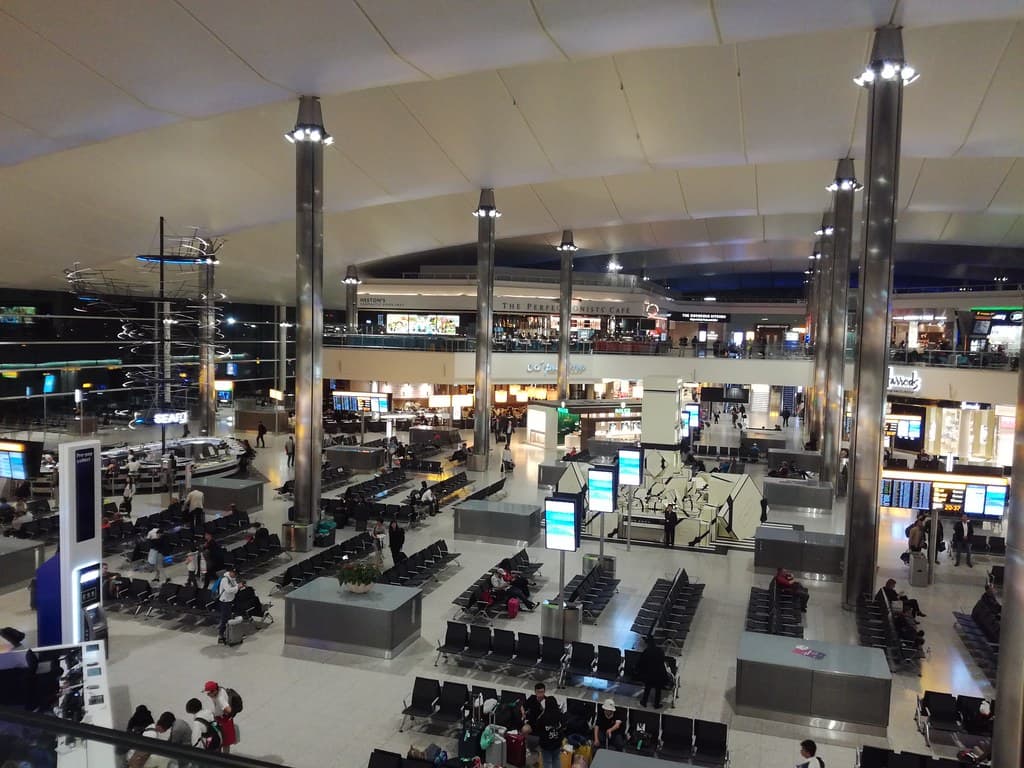
Above: Since opening in 2009, Explore has manufactured concrete elements for some of the UK’s most impressive projects, including London’s Leadenhall skyscraper and Terminal 2 at Heathrow (image courtesy of Hugh Llewelyn).
Explore Industrial Park allows the Laing O' Rourke group to control its own supply chain, react quickly to requirements on site and play to its strengths
as a leader in automation and advanced software tools.
The facility has enabled Laing O' Rourke to move 70% of its onsite manufacturing to offsite, resulting in a 60% increase in productivity and a 30% rise in delivery schedule accuracy.
Throughout the last ten years, Explore Industrial Park has continually evolved and innovated, embracing automation and digital technologies as they have
matured.
Repetition, honed processes, quality control and a consistent flow of work are all key to the facility’s success. In this context, it is critical that the design information shared with the production teams – that is used to cast and form concrete components – is accurate.
For major projects like Manchester Airport’s Transformation Programme and Liverpool’s new specialist cancer hospital – both of which are currently moving through the factory – the importance of accurate digital data could not be more acute.

Above: The factory's current workload includes the Clatterbridge Cancer Centre in Liverpool, now under construction (image courtesy of Clatterbridge Cancer Centre NHS Foundation Trust).
Errors in production can slow the overall progress of projects, affect other activities out on the construction site and mess up the factory’s work schedule, costing time and money.
THE DIGITAL MANUFACTURING PROCESS
Once a project lands at Explore, Laing O’Rourke works with all stakeholders to ensure the desired level of component standardisation is delivered across the project, while tackling the challenge of taking the architects'/engineers' concept and making it a reality through the offsite process.
From the outset of a project, Laing O’Rourke’s teams consider which elements could be fabricated away from the construction site. Working with the broad parameters of what the factory can achieve, they then develop detailed design information models to inform both the construction and operation process and the manufacturing of components.
To ensure the accuracy of their digital information, the team use Solibri Office to validate its contents. Pulling information from various different members of the design team into a single combined or “federated” information model in Solibri, the tool can then be used to check the quality of that data, communicate any issues, enable quantity take-off and classify components.
With their design information quality checked, the team then issues digital production information directly to the factory floor, where the process of component manufacture begins.
From the cutting and fabrication of steel reinforcement cages – including placement of the ties – to the distribution of concrete across the factory, the pouring of that concrete and the process of curing it – Laing O’Rourke’s manufacturing process is highly automated, helping projects delivered through Explore to take significant strides in productivity.
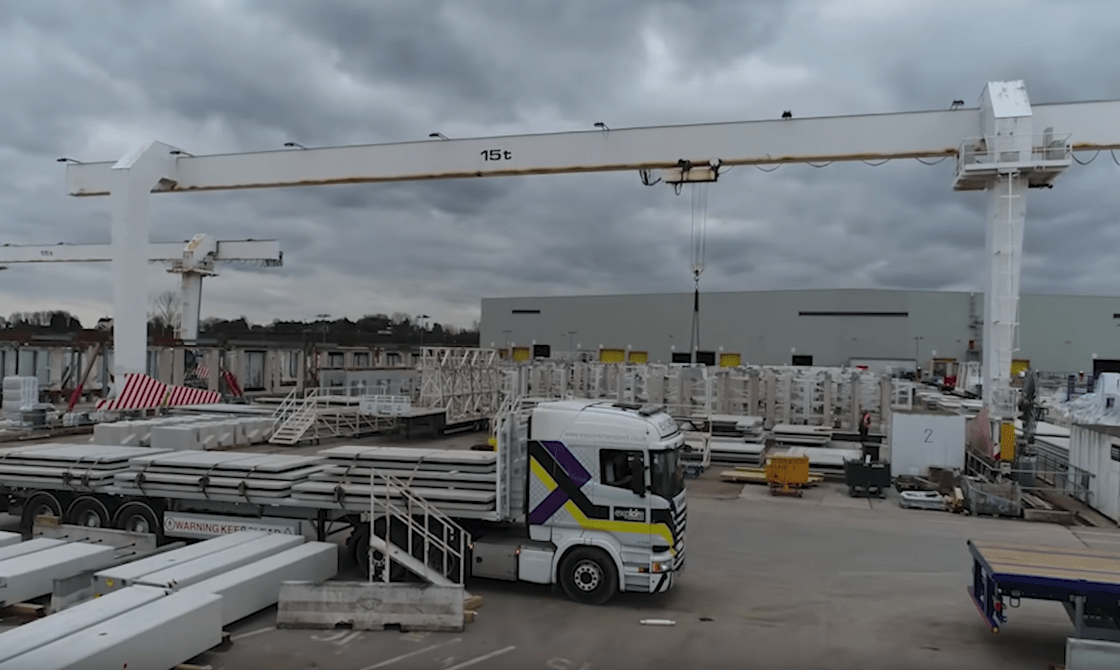
Above: Once produced, the building elements are loaded onto vehicles in the order that they will need to be unloaded in and are transported to their sites.
Those on the ground in the project’s location are able to seamlessly engage with and see the data about their scheme through tools like Solibri Anywhere – which enables access by any member of a project team, wherever they may be – and Solibri Site, specially tailored to those working in the field.
The geographic positioning of Explore in the very centre of the UK is deliberate – and the factory has created components for sites in both the south of England and in Scotland.
THE POWER OF DATA
From the outset of the design process, right through manufacturing to the delivery and installation of components on site – and the operation of the built asset afterwards – the entire process is informed by digital data.
The success of such projects is therefore dependent on the quality of the data used – and the idea of not quality checking or validating it, seems very risky.
For Laing O' Rourke, the Solibri software has been crucial for checking the quality of incoming data, and an essential tool for streamlining the design and ensuring everything works before it takes a physical form.
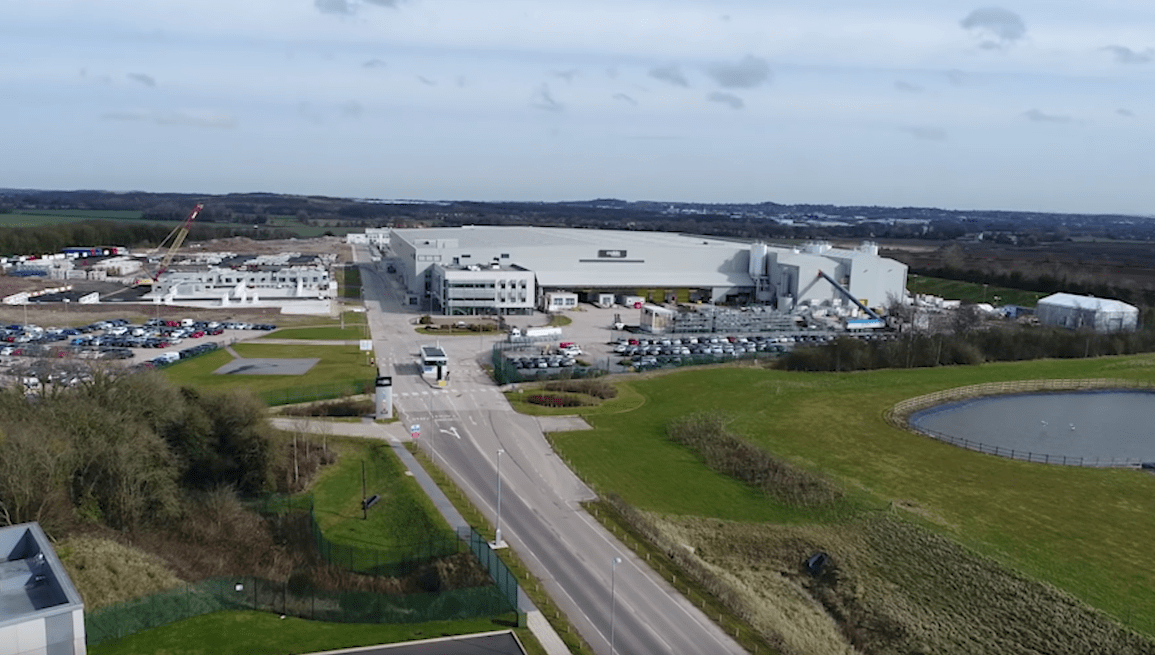
Above: Explore Industrial Park effectively sees two of construction’s most disruptive new innovations come together under one roof – offsite manufacturing, enabled and further advanced by digital technology.
Run on digital data, Laing O’Rourke’s use of Solibri during design, manufacture and final assembly is key to ensuring that the process runs smoothly, underpinning the success of countless projects. Indeed, as our world becomes ever more dependent on data, ensuring the accuracy of that data, so that it can serve us in the best ways possible, is critical.
With Explore Industrial Park, Laing O' Rourke has ambitions to become not just a leading construction factory, but a prominent manufacturing facility as well. The approaches employed at the factory, which can offer improvements in productivity of 60%, could be the answer to making a step change in overall performance across the wider industry.
With others now following suit and the trend gaining in momentum across the sector worldwide, combining the power of digital technologies with the rise of automation and the approaches that have made manufacturing so successful is seemingly ushering in a digital manufacturing revolution in construction that could transform the built world shaping all of our lives.
We welcome you sharing our content to inspire others, but please be nice and play by our rules.
